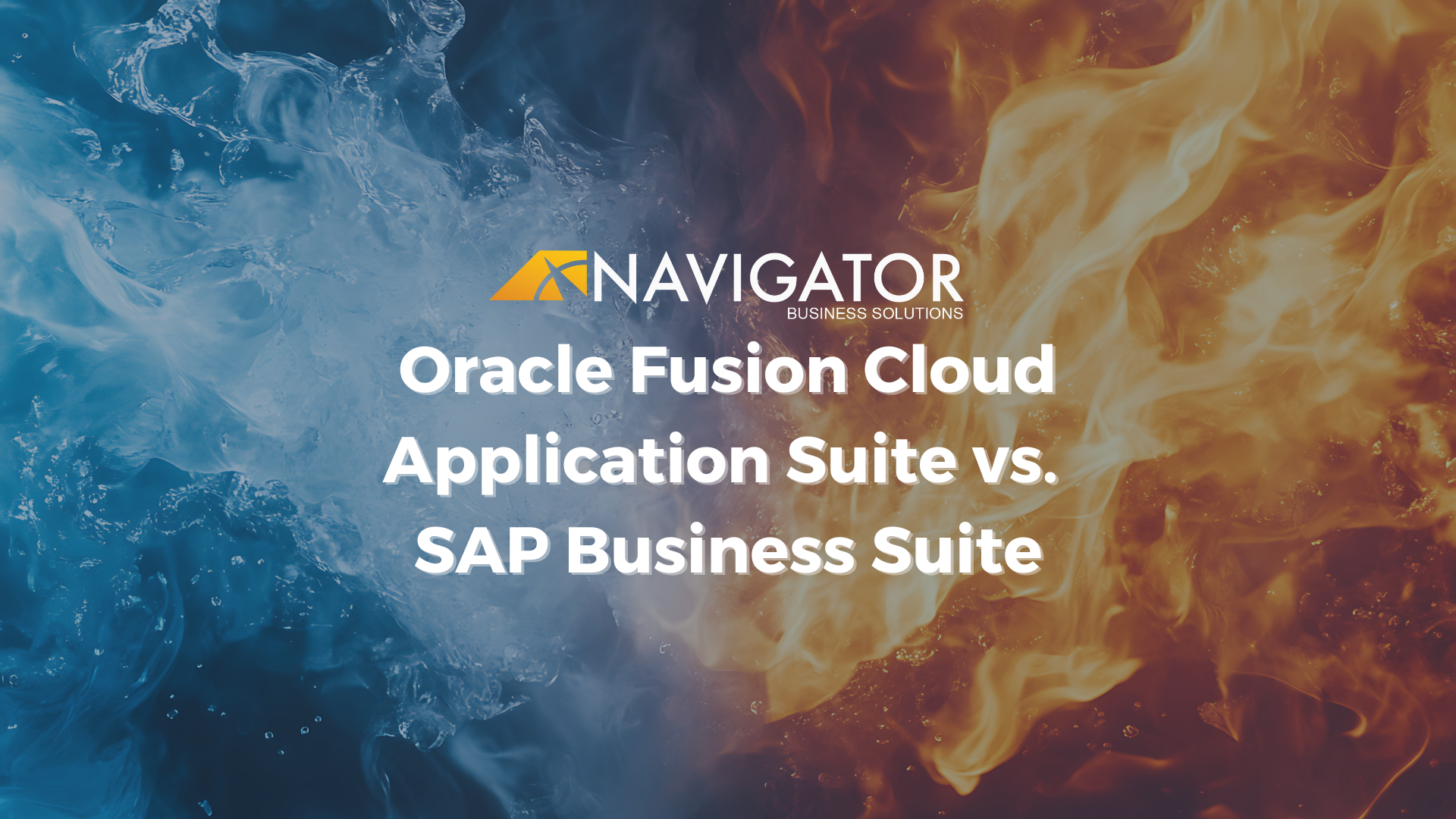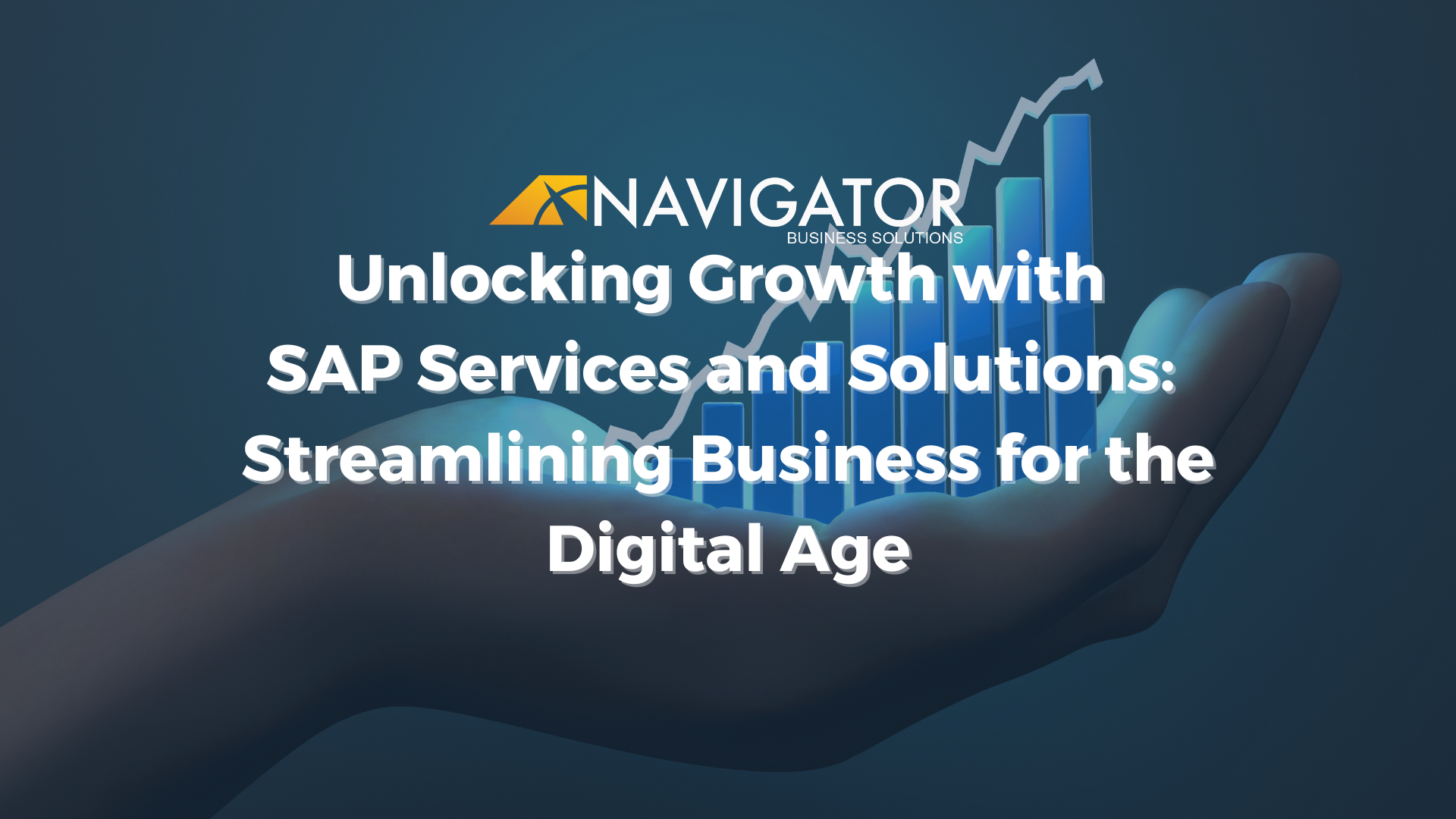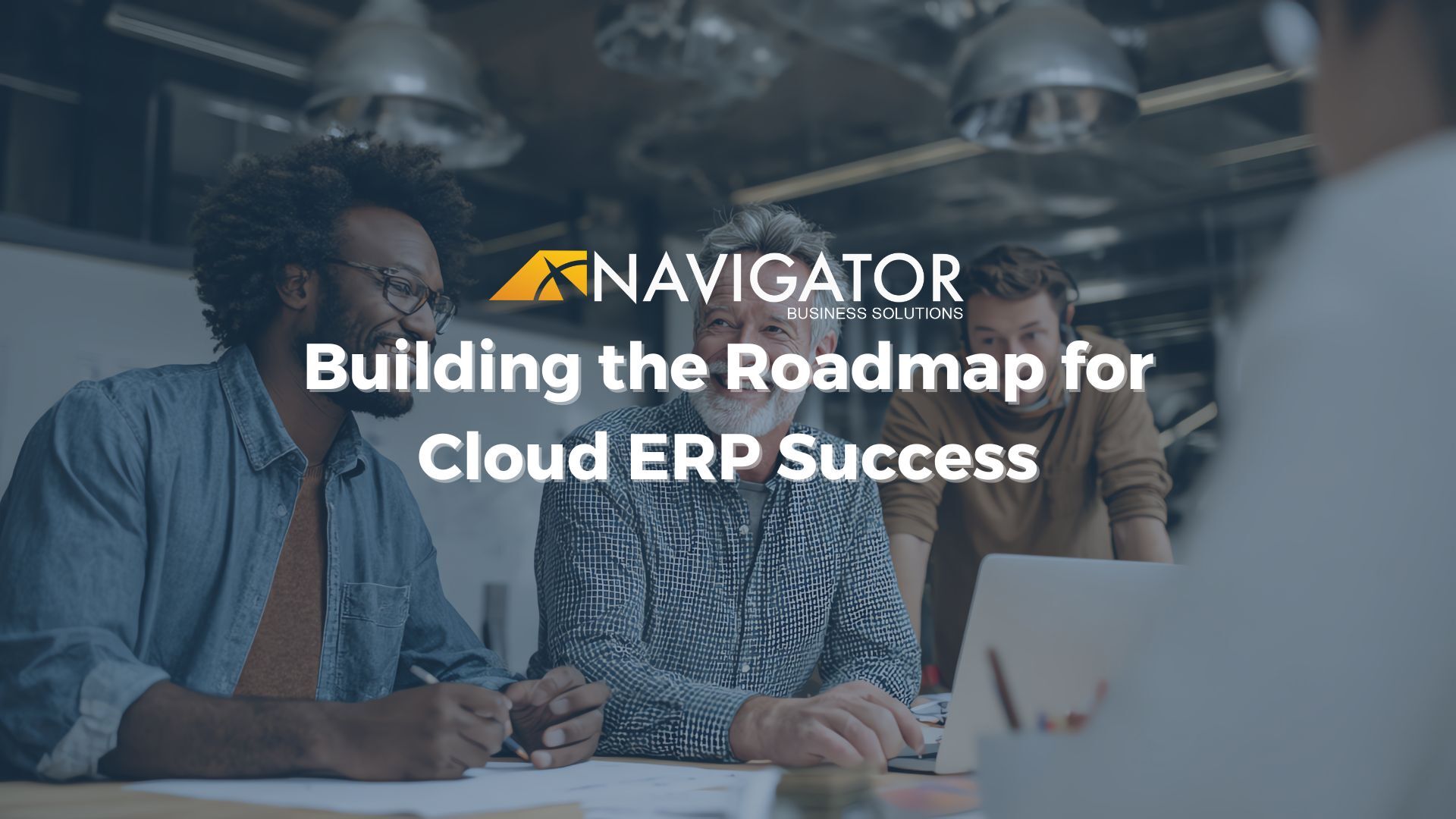It isn’t a stretch to say that most businesses are in the cloud right now. But the way that most businesses use the cloud today is just the first step. The next step, and the real reason to move entirely to the cloud, is what will be taking place within the next few years.
The first step, well documented and given the buzzword “digital transformation,” was moving business systems to the cloud. This was all about mobile access, better connectivity to other systems, enhanced automation capabilities, and business-friendly objectives such as infrastructure scalability and turning a capital expense into an operating expense.
But here's the next step now that many businesses have completed their digital transformation. And quite possibly, this is the stronger reason for being in the cloud: the opportunity for greater innovation and data utilization.
Why Cloud ERP? Read the Article.
Cloud Infrastructure for Added Data Utility
The utility of cloud infrastructure is greater than scalability or anywhere access. One of the most important use cases going forward will be using this anywhere access to connect the data to innovative microservices and other data sources for a level of real-time understanding that is just starting to come into its own right now.
The first advantage of cloud infrastructure for this next phase of business will be harnessing both internal and external data in new ways. Collecting data hasn’t been a problem for decades, although data is now more real-time and precise thanks to internet-of-things device connectivity and the 5G infrastructure that fully enables it. The problem has been truly taking advantage of the data.
With businesses now housing the bulk of their data in a central cloud ERP data store and a few select other cloud services, the next step is using the APIs and connectivity of this cloud infrastructure to unleash the power of this data.
This is not a new concept, but the technology has now reached the point where more than data scientists and business intelligence experts can combine internal company data and external data sources to drive deeper levels of understanding about the relationships between customer sentiment, operations, externals such as weather patterns, and the supply chain, among others.
Equally important will be the rise of microservices that deliver value from company data without any creativity involved. Just pipe in the data and get awareness. This piping is only really possible when a company already has its data easily accessible in the cloud, though, hence a key use case for cloud infrastructure.
Cloud Infrastructure for Riding on the Back of Innovation
The second major advantage of cloud infrastructure in this next phase of business evolution will be taking advantage of the latest digital innovation.
When businesses were primarily on-premise, access to innovation took place every upgrade cycle and as cost allowed. But with most business innovation now taking place in the cloud, access comes fast and from connecting with innovative services.
Major innovations such as artificial intelligence and machine learning, and all the innovation offshoots that come from them, rely on businesses running in the cloud and being able to connect data and devices to these innovative services. This is only possible when a business is living natively and fully in the cloud.
Cloud ERP as the Nerve Center for the Next Phase
Central to this next evolution is ERP cloud infrastructure. In this future of greater data utilization and innovation driven by AI- and machine learning-based cloud services, a company’s central data store becomes the key nerve center where data flows constantly in both directions.
This makes a company’s ERP vendor a key innovation partner because the strength of this cloud infrastructure and its connectivity ultimately dictates how much a business can participate in this next phase of innovation and greater data utilization.
If there is a robust cloud ERP infrastructure that is both reliable and enables easy data connectivity, businesses can fully participate in this next phase. If a business has a weak cloud infrastructure or no coherent cloud infrastructure at all (pre-digital transformation), taking advantage of the next phase will be exceedingly hard.
Make the Jump Today
Preparing for this near future starts with the digital transformation of course. But for those businesses that have already made the transition, it also means reevaluating and making sure that the right ERP vendor and cloud infrastructure is in place. Businesses will need their ERP vendor to be an innovation partner in this next phase, not just a cloud host.
Making sure that business data is ready for greater connectivity also is part of the next step. A company’s data must be clean and well organized, and the cloud ERP used by a business must be configured and ready for what’s to come.
We were early leaders in the move to cloud ERP, going all-in on cloud ERP before almost anyone else. We’re also leading the charge in this new phase of connectivity and data utilization. So if you would like help with what’s to come, contact one of our consultants at (801) 642-0123 or email us at info@nbs-us.com.




